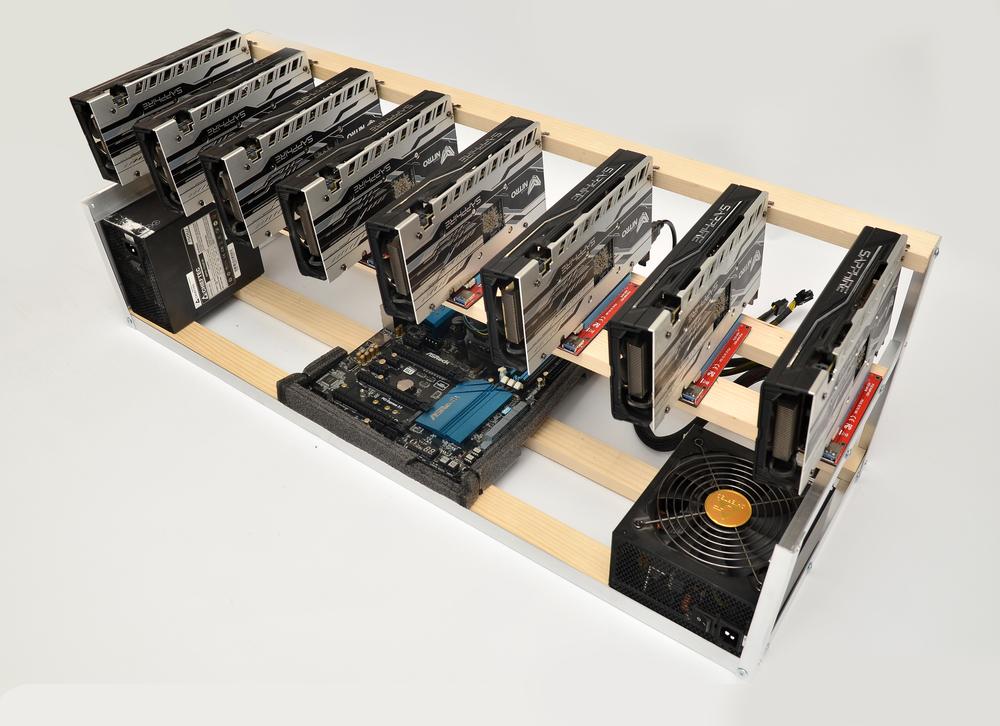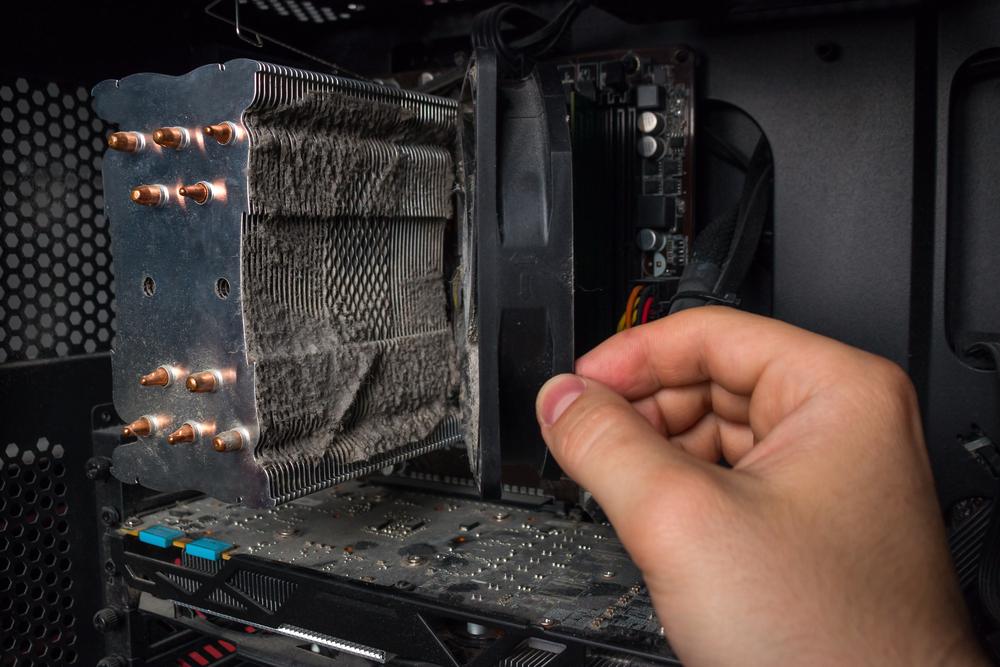In the world of cryptocurrency mining, understanding the concept of mining difficulty is crucial for miners aiming for success and profitability. Mining difficulty directly impacts the likelihood of mining new blocks and earning rewards. This comprehensive article aims to provide an in-depth understanding of crypto mining difficulty, including the difficulty adjustment mechanism, factors influencing mining difficulty, and strategies to mitigate its impact.
What Is Mining Difficulty?
Mining difficulty refers to the level of computational effort required to mine new blocks in a cryptocurrency network. Blockchain technology, the foundation of cryptocurrencies, relies on miners to validate transactions and add them to the distributed ledger. Miners compete to solve complex mathematical puzzles, and the first miner to find a solution adds a new block to the chain.
The difficulty level adjusts to maintain a consistent block creation time, typically around 10 minutes for popular cryptocurrencies like Bitcoin. As more miners join the network, the competition intensifies, leading to an increase in mining difficulty. Conversely, if miners leave the network, the difficulty decreases to maintain a balanced and secure blockchain network.
The Difficulty Adjustment Mechanism
The difficulty adjustment mechanism ensures that the block creation time remains stable despite changes in network hashrate. The mechanism varies among different cryptocurrencies but generally involves the following aspects:
Calculation of Difficulty
The specific calculation of mining difficulty depends on the cryptocurrency’s algorithm. In most cases, it involves determining the target value for the solution to the mathematical puzzle that miners must find. The lower the target value, the higher the difficulty.
Frequency of Adjustment
Mining difficulty is typically adjusted at regular intervals to account for changes in network hashrate. The adjustment period varies depending on the cryptocurrency but can range from a few minutes to several weeks. Shorter adjustment periods allow for more precise and timely responses to changes in mining activity.
Impact on Miners
When the network hashrate increases, indicating a higher level of computational power, the difficulty adjusts upwards. This adjustment ensures that mining new blocks remains challenging and prevents blocks from being created too quickly. Conversely, if the hashrate decreases, the difficulty adjusts downwards, making it relatively easier to mine blocks.
Factors Influencing Mining Difficulty
Mining difficulty is influenced by various factors, and understanding them is crucial for miners seeking to optimize their operations. Some key factors include:
Cryptocurrency Price
The price of a cryptocurrency can significantly impact mining difficulty. When the price rises, more miners are incentivized to participate, leading to increased competition and higher difficulty levels. Conversely, a decrease in price may discourage miners, resulting in lower difficulty.
Availability of Mining Hardware
The availability and accessibility of mining hardware can affect mining difficulty. When new, more efficient mining hardware becomes available, miners may upgrade their equipment, leading to increased network hashrate and higher difficulty levels.
Cryptocurrency Market Conditions
The overall state of the cryptocurrency market can influence mining difficulty. Market trends, investor sentiment, and regulatory developments can impact the number of miners entering or leaving the network, affecting the network’s hashrate and subsequently the difficulty level.
Mitigating the Impact of Mining Difficulty
Miners can employ several strategies to mitigate the impact of mining difficulty and enhance their chances of success:
Joining a Mining Pool
Joining a mining pool allows miners to combine their computational resources and increase their collective hashrate. By pooling resources, miners improve their chances of solving puzzles and earning rewards, even in a highly competitive mining environment.
Diversifying Mining Operations
Diversifying mining operations by participatingin multiple cryptocurrencies can help mitigate the impact of fluctuating mining difficulty. Different cryptocurrencies may experience varying levels of difficulty, allowing miners to optimize their efforts based on the most favorable conditions. This diversification spreads the risk and increases the chances of successful mining across various networks.
Investing in Energy-Efficient Mining Hardware
Energy costs are a significant factor in mining profitability. Investing in energy-efficient mining hardware can help reduce electricity expenses while maximizing computational power. Energy-efficient mining equipment not only reduces operational costs but also contributes to environmental sustainability.
Staying Informed and Adapting
Staying up-to-date with the latest developments in the cryptocurrency mining industry is essential for miners. Monitoring difficulty adjustments, market trends, and technological advancements allows miners to adapt their strategies accordingly. By staying informed, miners can anticipate changes in mining difficulty and adjust their operations to remain competitive.
Mining Difficulty FAQ's
Mining difficulty refers to the level of computational effort required to mine new blocks in a cryptocurrency network. It is essential for miners because it directly affects their chances of successfully mining blocks and earning rewards. Higher difficulty levels indicate a more competitive environment, while lower difficulty levels make mining relatively easier.
Mining difficulty is adjusted through a mechanism that recalibrates the difficulty level based on the network's hashrate. The adjustment period varies depending on the cryptocurrency but typically occurs at regular intervals, ranging from a few minutes to several weeks. The frequency of adjustment allows the network to maintain a consistent block creation time.
In addition to network hashrate, factors such as the price of the cryptocurrency, availability of mining hardware, and overall market conditions play a role in determining mining difficulty. A rise in cryptocurrency price attracts more miners, leading to increased difficulty, while a decrease in price may result in lower difficulty levels.
Miners can employ several strategies to mitigate the impact of mining difficulty. Joining a mining pool allows them to combine resources and increase their collective hashrate, increasing the chances of mining successfully. Diversifying mining operations across multiple cryptocurrencies helps spread the risk. Additionally, investing in energy-efficient mining hardware reduces operational costs and improves profitability.
Staying informed about industry developments, difficulty adjustments, market trends, and technological advancements enables miners to adapt their strategies accordingly. By staying updated, miners can anticipate changes in mining difficulty and make informed decisions about equipment upgrades, mining pool participation, and overall mining operations.
Yes, mining difficulty directly influences the profitability of cryptocurrency mining. Higher difficulty levels make it more challenging to mine new blocks, reducing the chances of earning rewards. Miners need to carefully consider factors such as electricity costs, hardware efficiency, and market conditions to ensure their mining operations remain profitable despite changing difficulty levels.
Conclusion
Mining difficulty plays a critical role in determining the success of cryptocurrency miners. Understanding the difficulty adjustment mechanism, the factors influencing mining difficulty, and employing effective strategies to mitigate its impact are vital for achieving mining success. By joining mining pools, diversifying mining operations, investing in energy-efficient hardware, and staying informed, miners can navigate the challenges posed by mining difficulty and increase their chances of earning rewards.














